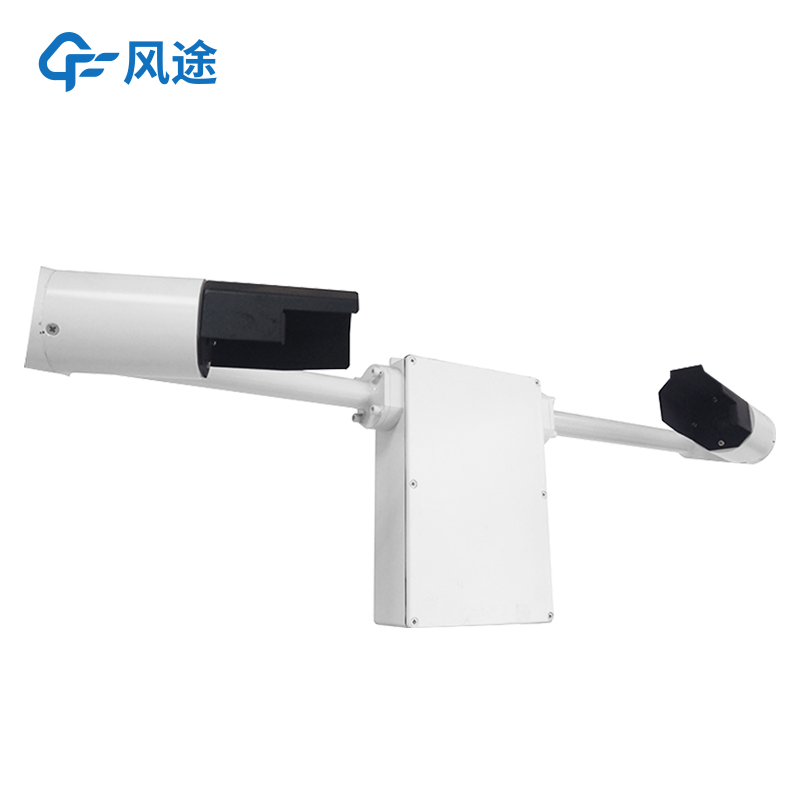Shandong Fengtu IOT Technology Co., Ltd
Sales Manager:Ms. Emily Wang
Cel,Whatsapp,Wechat:+86 15898932201
Email:info@fengtutec.com
Add:No. 155 Optoelectronic Industry Accelerator, Gaoxin District, Weifang, Shandong, China

Sales Manager:Ms. Emily Wang
Cel,Whatsapp,Wechat:+86 15898932201
Email:info@fengtutec.com
Add:No. 155 Optoelectronic Industry Accelerator, Gaoxin District, Weifang, Shandong, China
time:2025-07-04 09:26:28 source:Weather Station viewed:190 time
Rain, fog, and other harsh weather conditions are major "adversaries" threatening traffic safety. Low visibility in particular severely impairs drivers' vision, highly increasing the risk of traffic accidents and causing casualties and property losses. The emergence of Atmospheric Visibility Sensors has enhanced the safety of expressways during rainy and foggy days.
These sensors are typically installed at key locations along roadways, such as bridges, curves, long downhill sections, and other accident-prone areas. Set up at regular intervals, they form a tight monitoring network to continuously measure visibility in the surrounding areas. Once rain or fog arrives and visibility drops, the monitors quickly respond, transmitting real-time data to the traffic management department's control center in minute-level or even second-level speed.
When visibility falls below the safety threshold, the system immediately activates the early warning mechanism. On one hand, variable message boards along the expressway release eye-catching warning information to passing drivers, notifying them of the visibility conditions ahead and reminding them to slow down and maintain safe following distances. On the other hand, traffic management departments scientifically formulate traffic control measures based on the data. If visibility is extremely low, speed limits, closures, or other measures may be taken for certain sections to ensure driving safety. When a sudden drop in visibility is detected, the system simultaneously triggers tunnel broadcast prompts and lane indicator light switching to guide drivers through safely.
Atmospheric Visibility Sensors can also integrate with intelligent street lighting systems to automatically increase streetlight brightness during low visibility, and cooperate with vehicle autonomous driving assistance systems to provide them with external environmental visibility information, aiding vehicles in making more reasonable driving decisions.
For example, Atmospheric Visibility Sensors act as the "see-through eyes" of expressways. In harsh weather like rain and fog, they provide data for traffic management and timely warnings for drivers, safeguarding expressway traffic safety and improving road traffic efficiency.

A mechanical weather station is a specialized device that integrates sensors, data acquisition modules, and communication units. It is designed to automatically collect, process, and transmit meteorological data.Hardware ComponentsMulti-parameter Meteorological SensorsThese sensors directly measure...
In fields such as meteorological monitoring, hydrological research, and urban drainage, the accurate acquisition of rainfall data is of great importance. For a long time, tipping - bucket rain gauges have been widely used. However, as time goes by, their drawbacks have become increasingly apparent.T...
I. FT-BN10 Handheld Visibility DetectorTechnical Principle: It measures the total extinction coefficient of the air by using the forward scattering method, and thus calculates the current visibility.AdvantagesPortable and easy to use. With an integrated portable design, it is lightweight, convenient...
In the field of meteorological observation, wind speed and direction sensors are crucial instruments. They are primarily used to measure two key meteorological elements—wind direction and wind speed—providing essential data for weather forecasting, climate research, agricultural production, naviga...